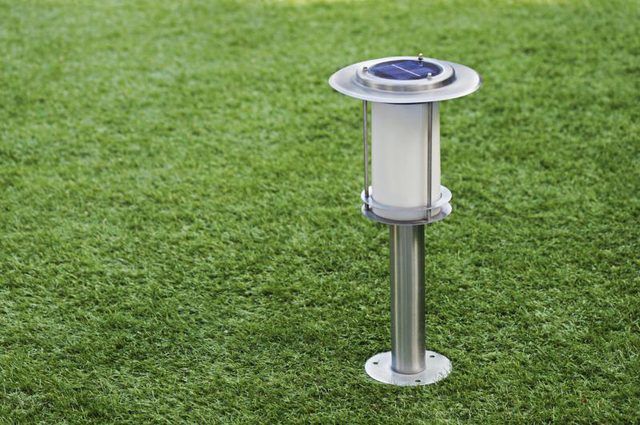Bulbs
Flower Basics
Flower Beds & Specialty Gardens
Flower Garden
Garden Furniture
Garden Gnomes
Garden Seeds
Garden Sheds
Garden Statues
Garden Tools & Supplies
Gardening Basics
Green & Organic
Groundcovers & Vines
Growing Annuals
Growing Basil
Growing Beans
Growing Berries
Growing Blueberries
Growing Cactus
Growing Corn
Growing Cotton
Growing Edibles
Growing Flowers
Growing Garlic
Growing Grapes
Growing Grass
Growing Herbs
Growing Jasmine
Growing Mint
Growing Mushrooms
Orchids
Growing Peanuts
Growing Perennials
Growing Plants
Growing Rosemary
Growing Roses
Growing Strawberries
Growing Sunflowers
Growing Thyme
Growing Tomatoes
Growing Tulips
Growing Vegetables
Herb Basics
Herb Garden
Indoor Growing
Landscaping Basics
Landscaping Patios
Landscaping Plants
Landscaping Shrubs
Landscaping Trees
Landscaping Walks & Pathways
Lawn Basics
Lawn Maintenance
Lawn Mowers
Lawn Ornaments
Lawn Planting
Lawn Tools
Outdoor Growing
Overall Landscape Planning
Pests, Weeds & Problems
Plant Basics
Rock Garden
Rose Garden
Shrubs
Soil
Specialty Gardens
Trees
Vegetable Garden
Yard Maintenance
How to Charge Solar Lights
How to Charge Solar Lights. Solar lights offer a simple option for illuminating a garden at night. Unlike other kinds of landscape lighting, they don't require fussing with digging trenches, installing wires or paying electricians. The sun's rays charge solar lights' internal batteries, saving the lights' users money on electricity. Solar lights...

Solar lights offer a simple option for illuminating a garden at night. Unlike other kinds of landscape lighting, they don't require fussing with digging trenches, installing wires or paying electricians. The sun's rays charge solar lights' internal batteries, saving the lights' users money on electricity. Solar lights are generally simple to use, but following some basic guidelines to charge them properly ensures they shine as bright as possible.
Placement
Direct sunlight charges solar lights' internal batteries. So place the lights in a site that receives full-sun exposure. Full sunlight works best, giving the fullest charge, which results in the solar lights' brightest illumination and longest duration of illumination. You can use the lights in locations with filtered sunlight or partial shade, but they might not receive enough light to charge fully. If you want to use solar lights in a shaded location, then trim tree branches to allow more sunlight to reach them. Position each solar light so that the small solar panel on its top faces the sun.
Duration
Solar lights work best when charged for eight to 10 hours each day, depending on the lights' brand. The duration of light they emit at night depends directly on the amount of time they are charged each day. When placed in a site that receives full sunlight throughout the day, new solar lights can emit up to 15 hours of light each night. Although factors such as overcast days can't be avoided, the cloud cover means solar energy cannot reach the light's solar panels and charge the batteries. Batteries eventually age and no longer hold a charge, even with full-sunlight exposure throughout the day. The batteries' lifespan differs among brands, but the batteries should last 18 months to two years.
Seasonal Use
The sun's light is most intense during summer months, and so the resulting light from solar lights is brighter in summer than in winter. When the lights' solar panels are covered with snow, the batteries can't charge. It may be necessary to dust off snow as it builds up on the panels. Unless you live in a mild climate in which your garden is on display year-round, you might prefer to store your solar lights indoors during winter, using them only the other times of the year. Pulling the lights out of the ground and washing off all soil that clings to each one's stake end are the first tasks in storing the lights. Wipe the rest of the lights, including their solar panels, to remove all dirt and other debris. Wrap the lights in newspaper or bubble wrap to protect them, and store them indoors until the following spring.
Maintenance
Dirt can build up on the lights' solar panels quickly, especially when the lights are along a soil path or driveway. The dirt can prevent sunlight from reaching the batteries. Check the solar panels for dirt and a dust film periodically, and clean them as needed by wiping them with a dry cloth or a paper towel dampened with window cleaner. Avoid spraying window cleaner directly on the solar panels, or else it may seep inside them.